Introduction
Cyanide leaching, especially using sodium cyanide, has long been a prevalent method for extracting gold and silver from ores. The process involves the dissolution of precious metals in a cyanide solution, forming soluble metal-cyanide complexes. However, the efficiency of this process can be significantly enhanced by the addition of certain oxidizing agents, with hydrogen peroxide being a notable example.
The Basic Cyanide Leaching Process
In the traditional cyanide leaching process, two key components are essential for dissolving gold: cyanide ions and oxygen. Cyanide ions form stable complexes with gold, turning it into a soluble form that can be easily separated. Oxygen serves as an oxidizing agent, facilitating the chemical reactions that allow gold to dissolve in the cyanide solution.
How Hydrogen Peroxide Aids in Cyanide Leaching
1. Increased Oxygen Supply
Hydrogen peroxide is a powerful oxidizing agent. When added to the cyanide leaching system, it breaks down and releases oxygen. This additional oxygen source significantly increases the amount of dissolved oxygen in the leaching solution. Since the rate of gold dissolution often depends on the availability of oxygen, the extra oxygen provided by hydrogen peroxide can speed up the oxidation of gold, thus increasing the leaching rate.
2. Surface Passivation of Sulfide Minerals
Many gold ores contain sulfide minerals like pyrite and arsenopyrite. These sulfide minerals can react with cyanide and oxygen, consuming these important reagents and reducing the efficiency of gold leaching. For example, the reaction between pyrite, oxygen, and cyanide not only uses up cyanide but also produces harmful by-products.
However, hydrogen peroxide can oxidize the surface of sulfide minerals, creating a protective layer. This layer stops sulfide minerals from further reacting with cyanide and oxygen, reducing the consumption of these reagents and leaving more available for dissolving gold.
3. Enhanced Kinetics of Gold Dissolution
Hydrogen peroxide can also boost the speed of the gold dissolution reaction. When it breaks down, it generates highly reactive hydroxyl radicals. These radicals can react with gold and the cyanide complex, promoting the formation of soluble gold-cyanide complexes at a faster rate. As a result, it takes less time to achieve a high level of gold recovery.
Experimental Evidence of Hydrogen Peroxide's Benefits
Numerous studies have demonstrated the positive impact of hydrogen peroxide on cyanide leaching. For instance, in one experiment, when hydrogen peroxide was added to a cyanide leaching system for a gold ore containing sulfide minerals, the gold leaching rate increased by more than 10% compared to the case without hydrogen peroxide. The leaching time was also reduced from 48 hours to 24 hours. Another study showed that in a cyanide leaching process with a low initial oxygen concentration, the addition of hydrogen peroxide increased the dissolved oxygen concentration significantly within a short time, resulting in a notable improvement in the gold extraction efficiency.
Considerations When Using Hydrogen Peroxide
Concentration Control: Although hydrogen peroxide benefits cyanide leaching, its concentration must be carefully managed. Too much hydrogen peroxide can trigger side reactions, such as oxidizing cyanide into cyanate. This reduces the amount of cyanide available for forming complexes with gold.
Cost - Benefit Analysis: Hydrogen peroxide is more expensive than using air or pure oxygen as an oxidizing agent. In industrial settings, companies need to conduct a cost - benefit analysis to determine if the increased gold recovery and shorter leaching time justify the higher cost of using hydrogen peroxide.
Safety Precautions: As a strong oxidizer, hydrogen peroxide can be dangerous if not handled correctly. It should be stored and used following strict safety regulations to avoid accidents.
Conclusion
In summary, hydrogen peroxide plays a crucial role in enhancing the sodium cyanide leaching process for gold and silver extraction. By providing additional oxygen, passivating sulfide minerals, and accelerating reaction rates, it can increase the leaching rate, improve gold recovery, and shorten the leaching time. However, proper control of its concentration, cost - benefit evaluation, and strict safety measures are necessary for its effective and safe application in the mining industry.
- Random article
- Popular articles
- Popular comments
- Selective flocculation beneficiation process for bauxite
- Intense Magnetic Separation Process for Iron Ore
- Gravity beneficiation process for iron ore
- Arsenic Gold Ore Oxidation Roasting Pretreatment Process
- Gravity combined beneficiation process for black and white tungsten ore
- Laterite Nickel Ore: Pyrometallurgical Treatment
- Lithium ore magnetic separation process



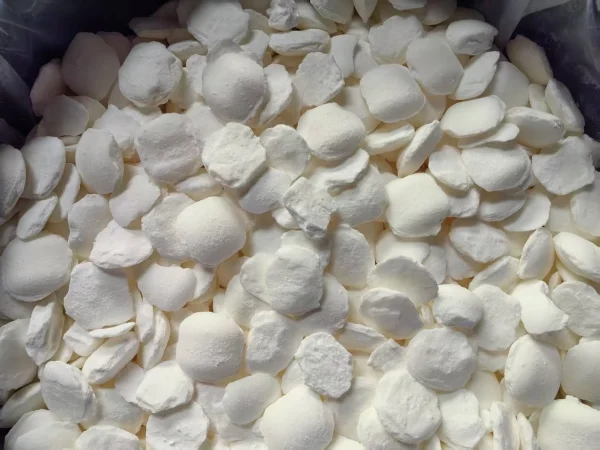
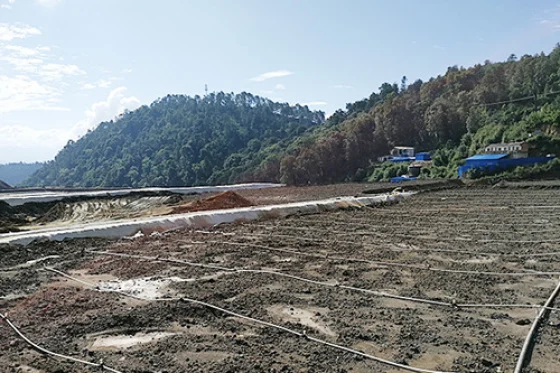

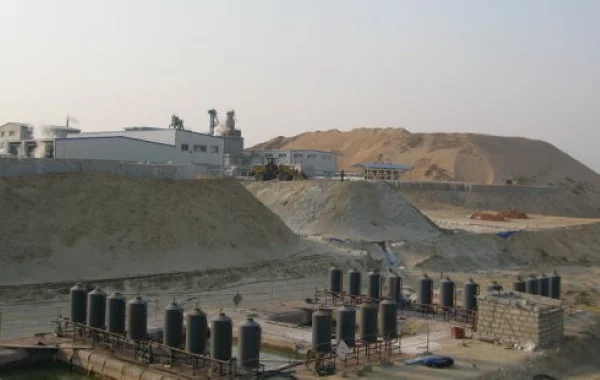






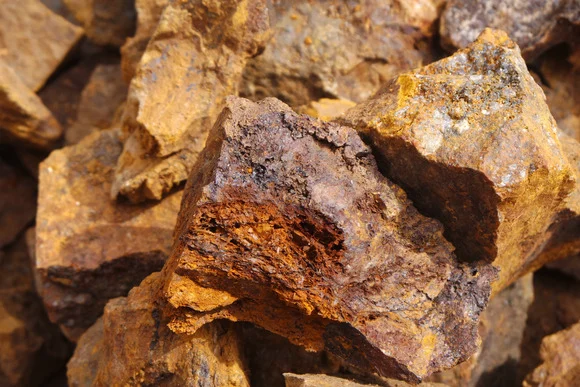
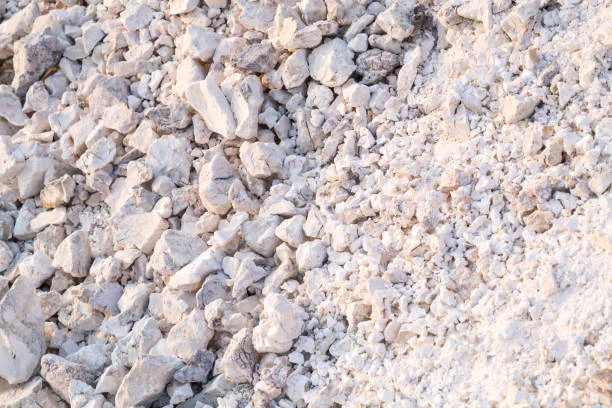

Leave a message with your needs or comments
Add comment: